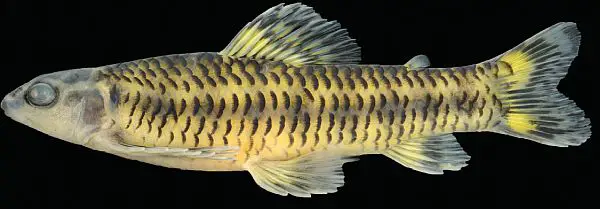
Characidium kamakan, holotype, MZUSP 115000, 51.9 mm SL, Brazil, Bahia, Camacan, rio Panelão, tributary of
lower rio Pardo basin. © A. M. Zanata
The Crenuchidae is a characiform family which contains some well-known aquarium fishes, including the sailfin characin, Crenuchus spilurus, and black darter tetra, Poecilocharax weitzmani. It also includes the genus Characidium, a group sometimes referred to as ‘darter characins’ which are invariably identified as the species Characidium fasciatum in hobbyist literature.
In reality, the name C. fasciatum has been repeatedly misapplied. Characidium is the most speciose assemblage within the Crenuchidae with at least 15 members having been described since the turn of the century. Three new studies, published within days of each other, have now increased the total of known species to more than 60 with the description of four new species from disparate regions of Brazil.

Characidium nana, holotype, MPEG 31838, 21.5 mm SL, from Rio 13 de Maio, approximately 40 km from Castelo dos Sonhos, Pará, Brazil. © M. J. Sturaro
Characidium nana Mendonça & Netto-Ferreira 2015 is described from a handful of localities within the rio Xingu and rio Tapajós systems in northern Brazil. It can be distinguished from all congeners, except C. bahiense, C. interruptum, C. laterale, C. mirim, C. nupelia, C. rachovii, C. stigmosum and C. xavante by possessing a short, incomplete lateral line, and by lacking both the inner dentary series of teeth and parietal branch of the supraorbital laterosensory canal. It can be told apart from C. bahiense, C. interruptum, C. laterale and C. rachvoii by the absence (vs. presence) of an adipose fin; from Characidium mirim and C. stigmosum by the presence (vs. absence) of a conspicuous dark blotch on the caudal peduncle; from C. nupelia and C. xavante by possession of a broad, conspicuous (vs. narrow, inconspicuous) dark midlateral stripe. In addition, it differs from C. xavante by the presence of 12 (vs. 10) circumpeduncular scales.
It is named in honour of Mariana Barreira Mendonça, the first author’s sister, and appears to be a member of the ‘C4’ clade within the genus as proposed by Buckup (1993).

Characidium summus (a), holotype, MZUSP 116954, 34.5 mm SL, rio Pacaás Novos, tributary of rio Mamoré, Rondônia, Brazil. Lateral view of Erythrinus erythrinus (b) collected with C. summus, UFRO-I 23294, 33.7 mm SL, showing colour pattern. © A. M. Zanata/B. Barros
C. summus Zanata & Ohara 2015 is known only from the upper rio Pacaás Novos, a tributary of the rio Mamoré within the rio Madeira basin, Rondônia State, western Brazil. It can be distinguished from all congeners by the following combination of characters: adipose fin absent; lateral line complete; no dark bars or spots on the head, body or fins, with the exception of a dark blotch immediately posterior to the opercle; dark midlateral strip narrow (less than half a scale deep); a dark spot at the base of the caudal-fin.
Its name is derived from the Latin summus, meaning ‘high, elevated’, in reference to the type locality being located more than 1100 m above sea level. The new species does not fit into any previously proposed species group within the genus and exhibits a number of unique characters, among them a potentially mimetic relationship with the red wolf fish, Erythrinus erythrinus.
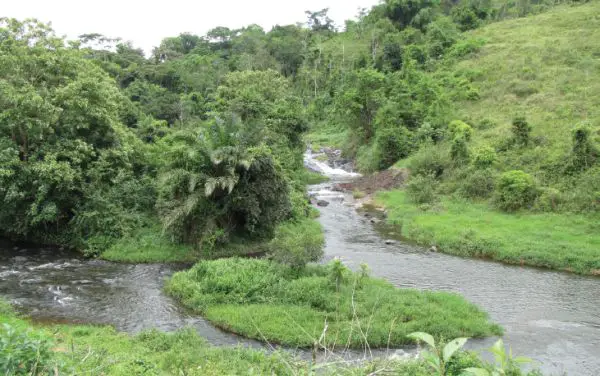
Type locality of Characidium kamakan, Bahia, Camacan, rio Panelão, lower rio Pardo basin. © A. M. Zanata
C. kamakan Zanata & Camelier 2015 was collected from the rios Água Preta and Panelão, both tributaries within the lower rio Pardo basin, Bahia State, eastern Brazil. It is primarily distinguished from congeners by its unique colour pattern, characterised by distinct black borders of the scales forming short vertical markings on the body. In addition, it can be further told apart from similar-looking species by: absence of scales on the anteriormost portion of the isthmus; absence of conspicuous vertically elongated bars or blotches on the body; presence of a distinct black blotch on the centre of the caudal-fin rays shaped like a figure 3; presence of an unpigmented, rounded area near the base of each caudal-fin lobe; all fins with conspicuous dark bars or blotches; presence of a small foramen for the ophthalmic nerve bordered by a well-developed bony crest.
It is named for the indigenous Kamakã people who originally inhabited the area from which it was discovered, and it potentially belongs to the ‘C1’ clade of Buckup (1993).

Characidium deludens, holotype, MZUSP 115009, 48.3 mm SL, female, Brazil, Bahia, Piatã, rio Cochó, tributary of upper rio Paraguaçu basin: (a) lateral and (b) dorsal views. © A. M. Zanata
C. deludens Zanata & Camelier 2015 is currently known from the rios Cochó andSanto Antônio in the upper rio Paraguaçu basin, Bahia State, eastern Brazil. It can also be identified by its colour pattern, comprising dark irregular blotches on the dorsal surface which extend alternately to the flanks and do not usually connect to the lateral blotches on the sides of the body. It is further distinguished from Brazilian congeners by the following combination of characters: isthmus completely scaled; lateral line complete; 14 circumpeduncular scales; adipose-fin present; 1-2 scales between anus and anal-fin origin; 35-37 lateral line scales; 5 series of scales between lateral line and pelvic-fin origin; region between pelvic and anal fins straight; no sexually dimorphic differences in colour pattern; parietal branch of supraorbital canal present; a single series of 6-10 dentary teeth; premaxilla with 5-7 teeth; a faded dark bar on proximal portion of the dorsal-fin; presence of dark markings on ventral portion of body and a narrow dark midlateral stripe.
The name C. deludens is derived from the Latin delude, meaning ‘false’, in reference to the “deceitful” alternating vertical bars on the body. Like C. summus, it does not appear to belong to any previously proposed species group within the genus.
Matt Ford
For further information, see the following:
Mendonça, M. B. and A. L. Netto-Ferreira, 2015. New species of Characidium (Characiformes: Crenuchidae) from the Rio Tapajós and Rio Xingu drainages, Pará, Brazil. Zootaxa 4021(1): 187-194. [Link to abstract only]
Zanata, A. M. and W. M. Ohara, 2015. A new species of Characidium Reinhardt (Ostariophysi: Characiformes: Crenuchidae) from headwaters of rio Pacaás Novos, rio Madeira basin, Rondônia, Brazil. Zootaxa 4021(2): 367-376. [Link to abstract only]
Zanata, A. M. and P. Camelier, 2015. Two new species of Characidium Reinhardt (Characiformes: Crenuchidae) from northeastern Brazilian coastal drainages. Neotropical Ichthyology 13(3): 487-498. [Full, open access paper]
Additional reference:
Buckup, P. A., 1993. Phylogenetic Interrelationships and Reductive Evolution in Neotropical Characidiin Fishes (Characiformes: Ostariophysi). Cladistics 9(3): 305-341.
Thanks to Marina B. Mendonça and Angela M. Zanata.
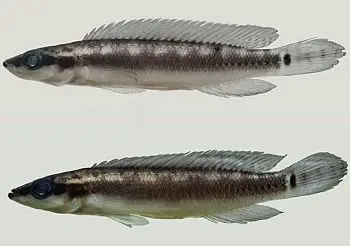






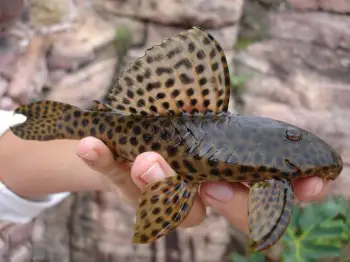
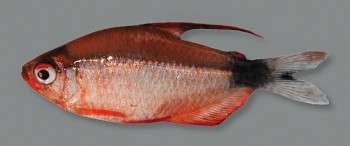
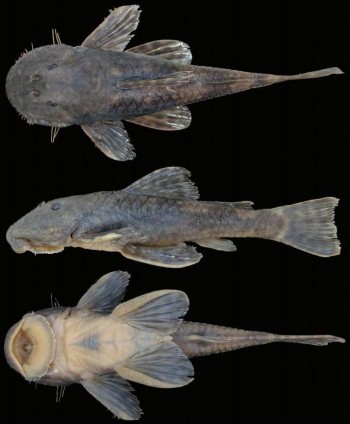

Product reviewers wanted
Hello! Very much interested in writing for you, please include me in the info. Thank you for the opportunity!
6th Sep 2020
Product reviewers wanted
I would be interested in reviewing products. Before retiring I was a technical writer and managed a Quality Management Program.
30th Aug 2020
Product reviewers wanted
I'm interested and can write reviews from the perspective of someone new to the hobby. I'm only 3-4 months in, but hopefully I can help someone that's...
23rd Aug 2020
Product reviewers wanted
I’m interested in doing this if there is still availability, it sounds like fun! Thanks
19th Aug 2020
Barbodes semifasciolatus – Golden Barb* (Barbus sachsii, Puntius schuberti)
I simply had a question (please forgive if this is not allowed, I read the FAQ but I was not sure). I was wondering if there is any evidence of offsp...
12th Aug 2020